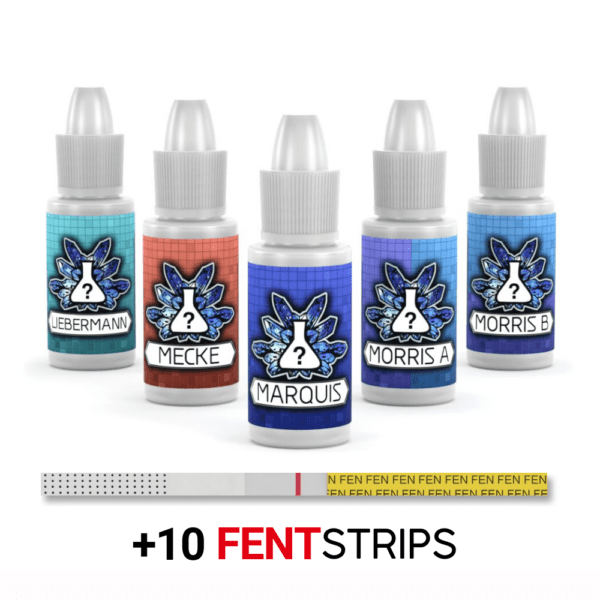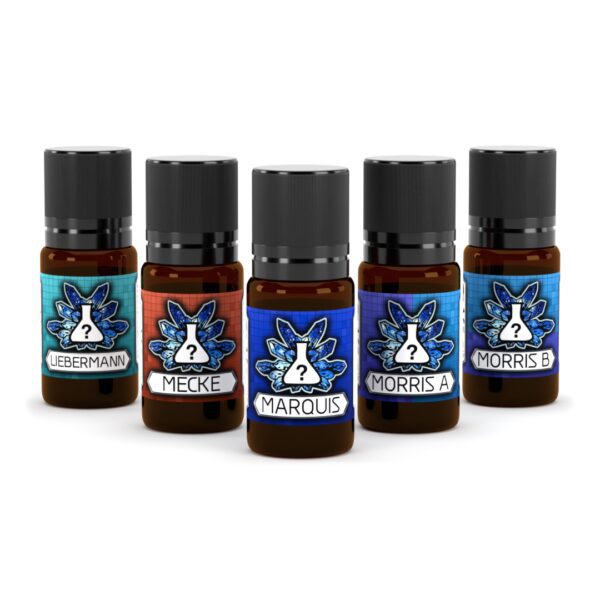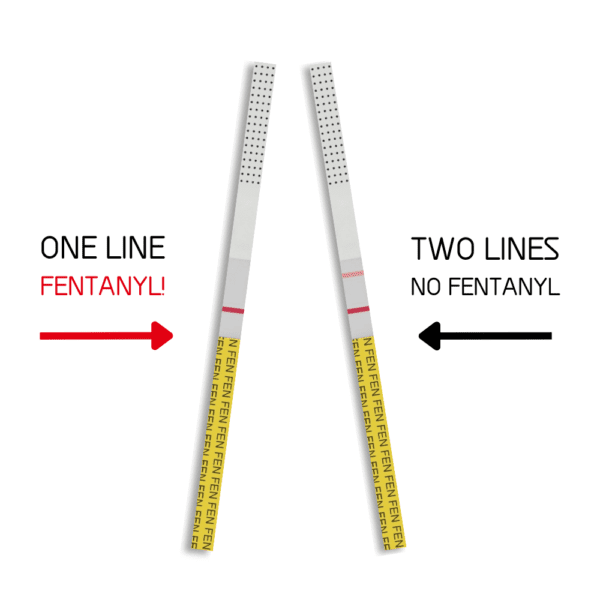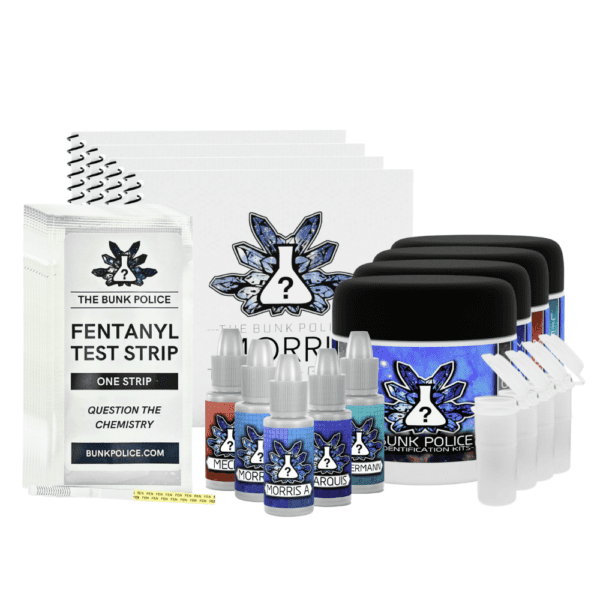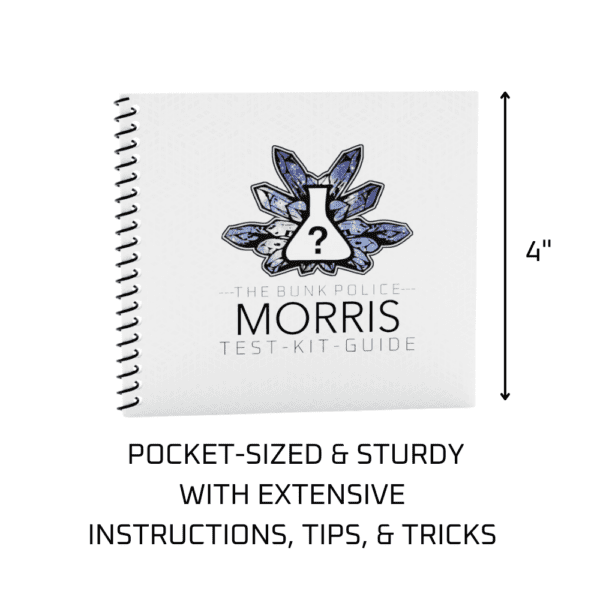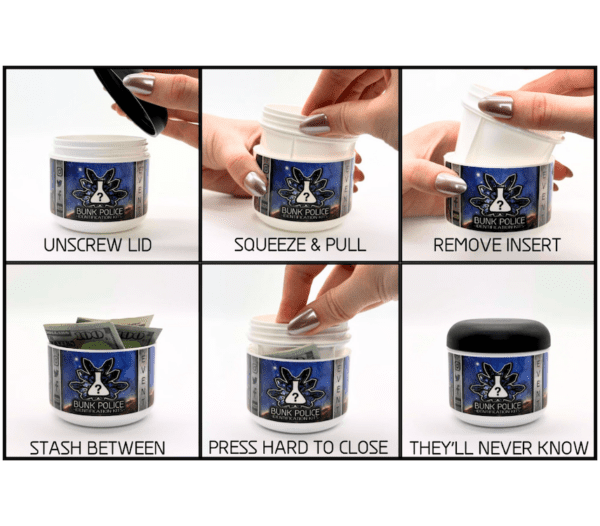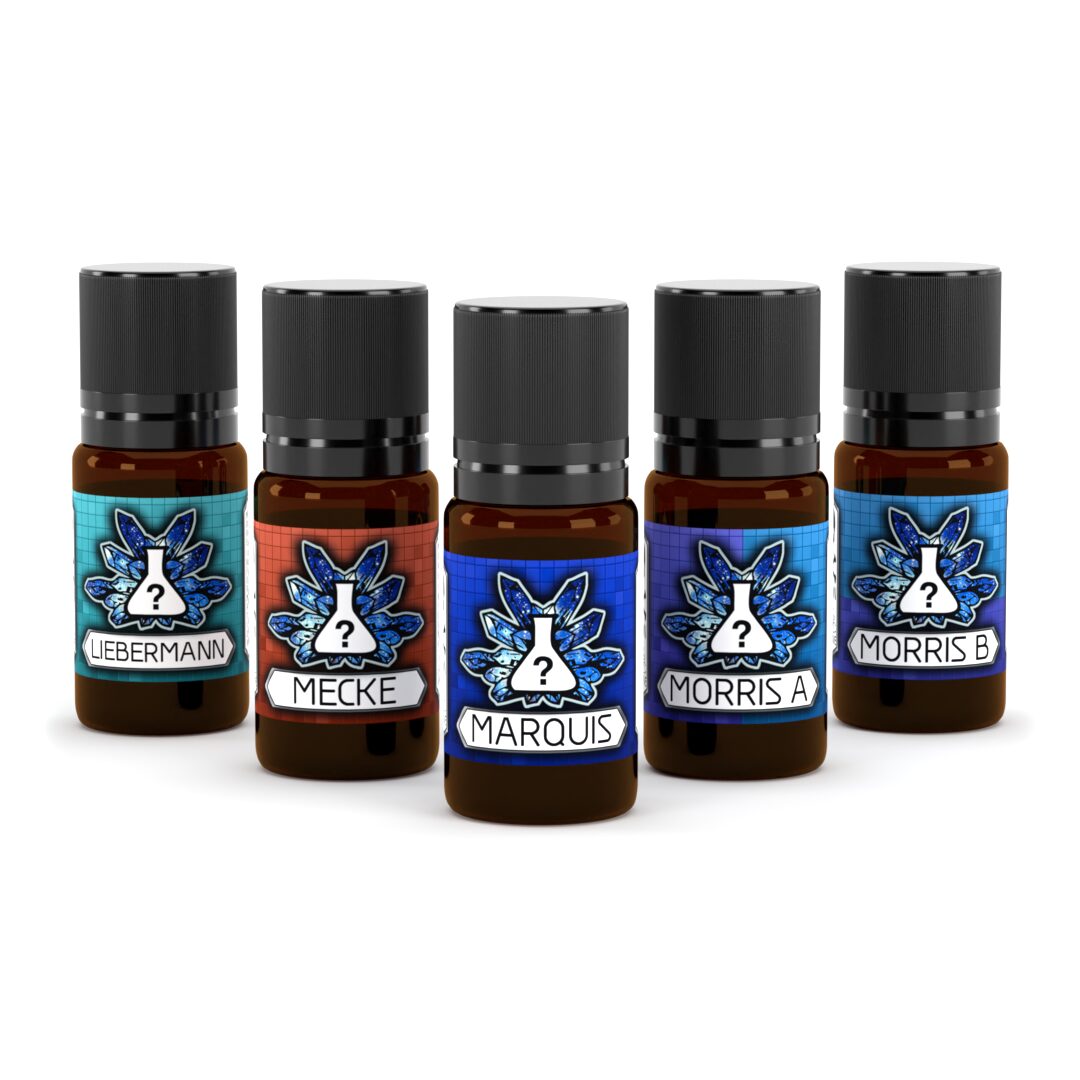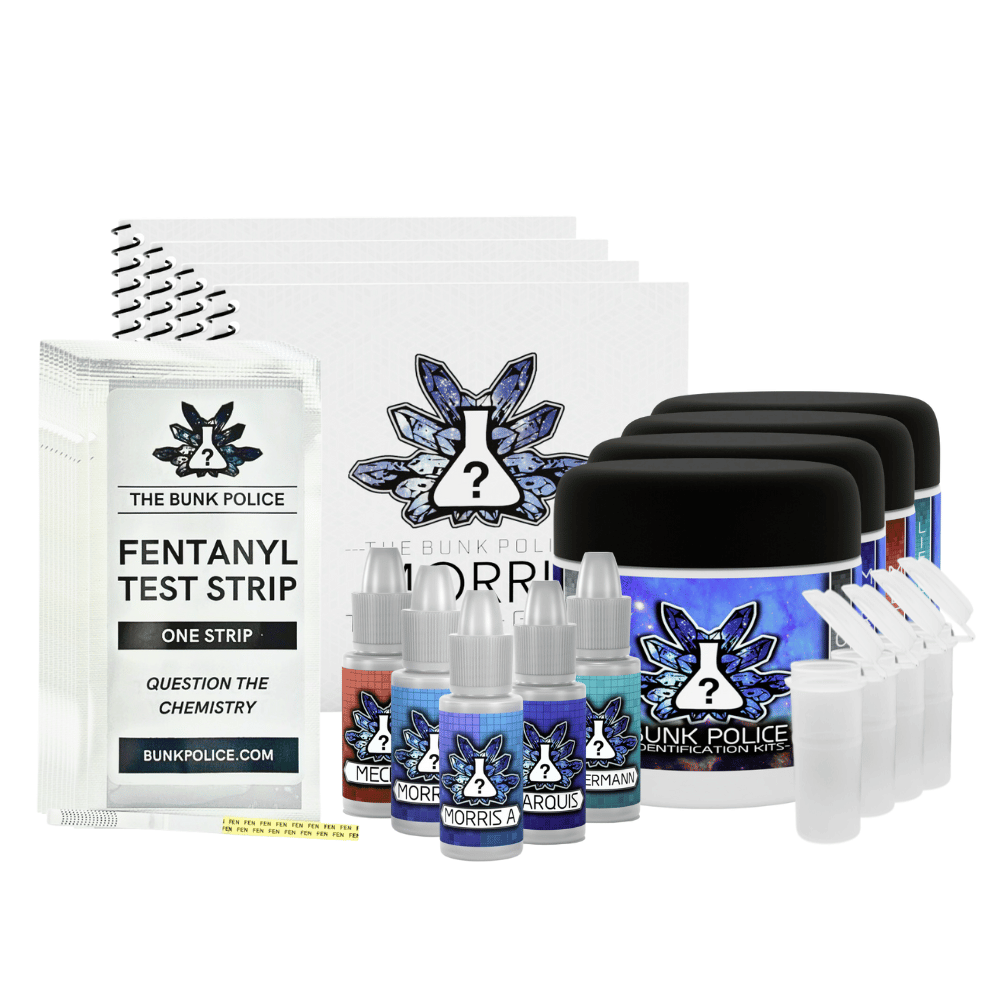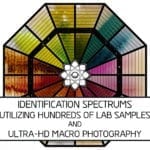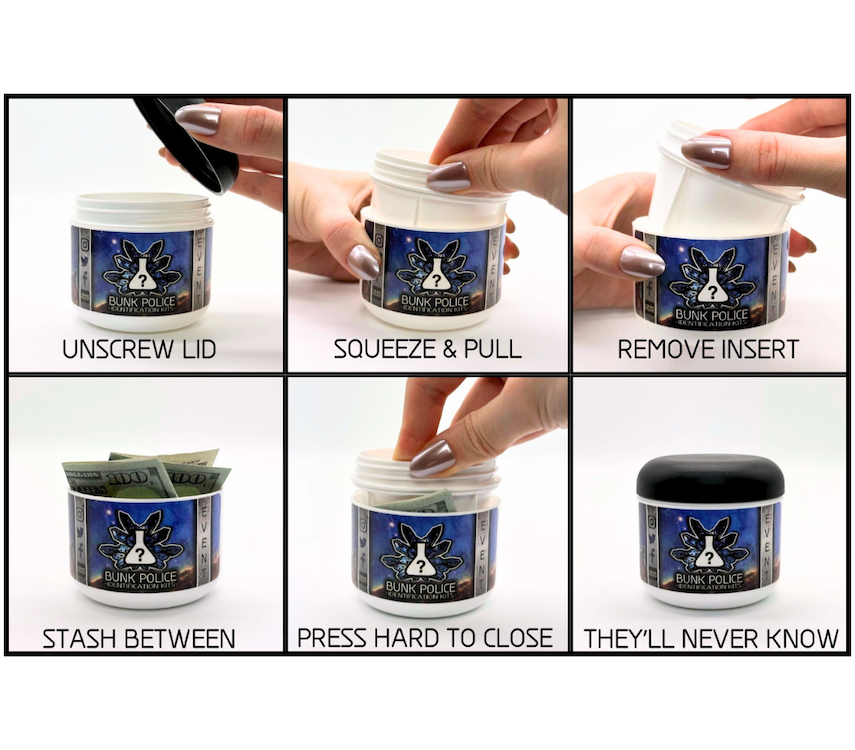COCAINE SPOT KIT PACKAGE
$80.00
The Cocaine Spot Kit Package includes the four necessary kits to accurately detect dangerous adulterants in cocaine, along with 10 fentanyl testing strips. Each spot test kit comes with a 20+ page booklet containing several dozen reactions (and as many as 100+, depending on the kit) as well as extensive instructions, information, and tips & tricks. Each spot kit can be used 50-100 times.
Includes:
- (10) fentanyl testing strips
- (1) bottle of Morris A reagent (50-100 uses)
- (1) bottle of Morris B reagent (50-100 uses)
- (1) bottle of Marquis reagent (50-100 uses)
- (1) bottle of Mecke reagent (50-100 uses)
- (1) bottle of Liebermann reagent (50-100 uses)
- (4) test tubes
- (4) 20+ page instructional booklets w/ dozens of reactions
- (4) durable plastic jars
ABOUT MORRIS:
- This is a two-part kit and is unique compared to all other reagents we offer.
- You must crush/powderize your sample completely.
- After crushed, first add Morris A to your sample, then add Morris B.
- Stir the mixture for a full 30 seconds with a toothpick or sharp knife point.
- Observe and match the reaction.
Consider grabbing some mini test tubes for testing on-the-go, or a ceramic testing platform for eco-friendly reusability!
Plus, our plastic jars double as stash jars—see product photos for more info.
- Reviews
- HOW TO TEST COCAINE
“COLOR MATCHES SPECTRUM”
This means that your reaction matched the spectrum, and you can move down and left to use the next Spot Test Kit.
“ZERO REACTION”
This means that there was no notable color change. If this is on your flow chart, the substance you were trying to identify was not supposed to react, but other adulterants (cutting agents) would have shown up instead if they were present. No reaction means that those adulterants were not present, and you can move down and left to the next Spot Test Kit.
“ANY OTHER COLOR”
This means that your reaction was, in some way, different than the expected reaction on the spectrum. At this point, you know that you either have a completely different substance from what you were expecting, or an adulterated one. Returning or discarding the sample is the best course of action, although it is possible to use additional tests to tentatively identify the substance.

